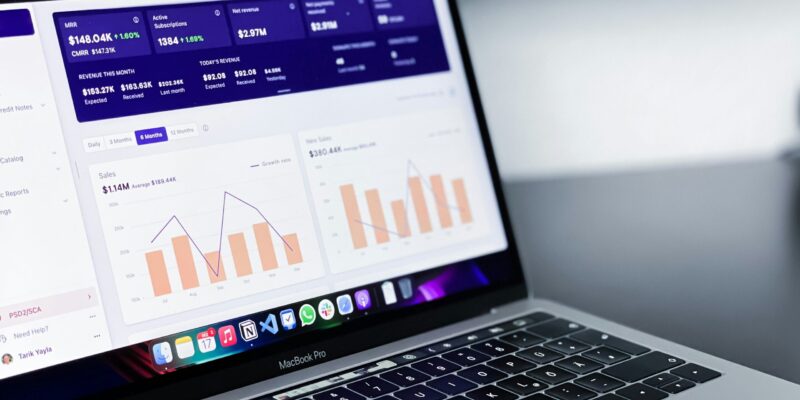Did you know over 25 billion electronic payment transactions happen every year in the United…

TC40: Understanding the Credit Card Fraud Alert System
Did you know that 1.5 million credit card frauds happen every day in the U.S.? This shows how vital the TC40 data system is. It helps banks fight credit card fraud. Knowing about TC40 can help keep your money safe.
Key Takeaways
- This data is a detailed system that tracks and reports credit card fraud claims to banks and credit card brands.
- The TC40 data claim report has info on the merchant, banks, and the fraud itself.
- Visa and MasterCard use this data to fight fraud through their Risk Identification Service (RIS) and System to Avoid Fraud Effectively (SAFE) programs.
- Learning about how this data can help you spot fraud signs and protect your money.
- By knowing about TC40, you can be a smarter shopper and help fight credit card fraud.
What is TC40 Data?
This data is key in the fight against credit card fraud. It comes from banks when someone says a charge is not theirs. The report has details like who made the purchase and where, and the transaction in question.
TC40 Data Claim Report Contents
The TC40 report sheds light on possible fraud. It helps merchants spot fraud claims against them. This lets them work on stopping fraud and keeping their business safe.
Purposes of TC40 Data
This data has many uses in the credit card world. Banks use it to see how risky a merchant is. This can affect if they can take credit card payments.
For merchants, this data is a big help. It boosts their ability to spot and stop fraud. It also shows where they can get better at managing risks. By using this data well, merchants can protect themselves and their customers from fraud.
TC40: Not a Chargeback but a Fraud Alert
Understanding TC40 data is key. A TC40 claim is not the same as a chargeback. It’s a report of suspected fraud, not a request to return funds.
This means the issuing bank doesn’t have to tell the merchant about the fraud. Or help solve any disputes that might come up.
Even though a TC40 report can help improve fraud prevention, it can’t stop chargebacks. The chargeback process can still start, even after a TC40 claim is filed. It’s important to know the difference.
Seeing a TC40 claim as a fraud alert helps merchants. This way, they can fight fraud more effectively, without just relying on chargebacks.
Utilizing TC40 Data
This data is a great tool for merchants to fight fraud. It helps understand credit card fraud, making it easier to avoid chargebacks. But, knowing its limits is key to using it right.
Limitations of TC40 Data
This data is useful but not for all fraud types. It misses “friendly fraud” and quality issues. Also, getting this data can be hard because payment processors don’t always share it.
So, using this data alone to stop chargebacks is not wise. The chargeback process can start even with this data. Merchants should see this data as part of a bigger plan to fight fraud.
Conclusion
TC40 data is a key tool for merchants to grasp their fraud risk. It helps improve fraud prevention strategies. Yet, it’s crucial to remember this data can’t replace the chargeback dispute process.
Merchants should look into closed-loop systems like CDRN. These systems offer real-time dispute data. They allow for direct resolution with the issuer, helping to prevent chargebacks.
This approach boosts fraud prevention efforts. It protects your business from credit card fraud’s harm.
The secret to using this data well is knowing its limits. It must work with other fraud tools smoothly. This way, you can make smart choices, improve fraud management, and keep customer trust.



Comments (0)